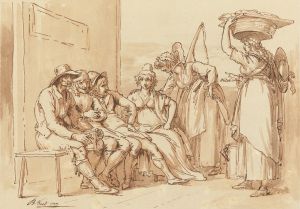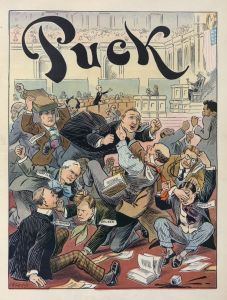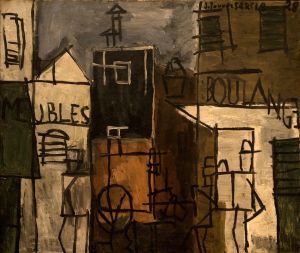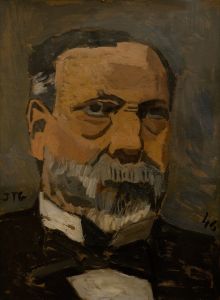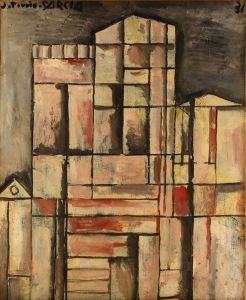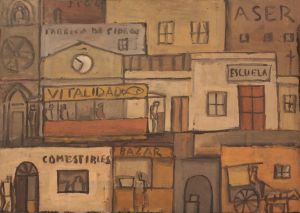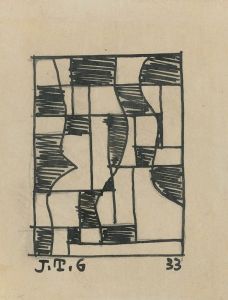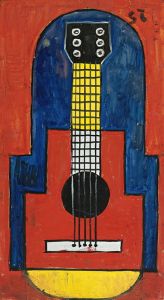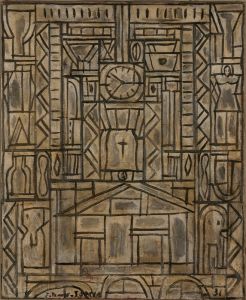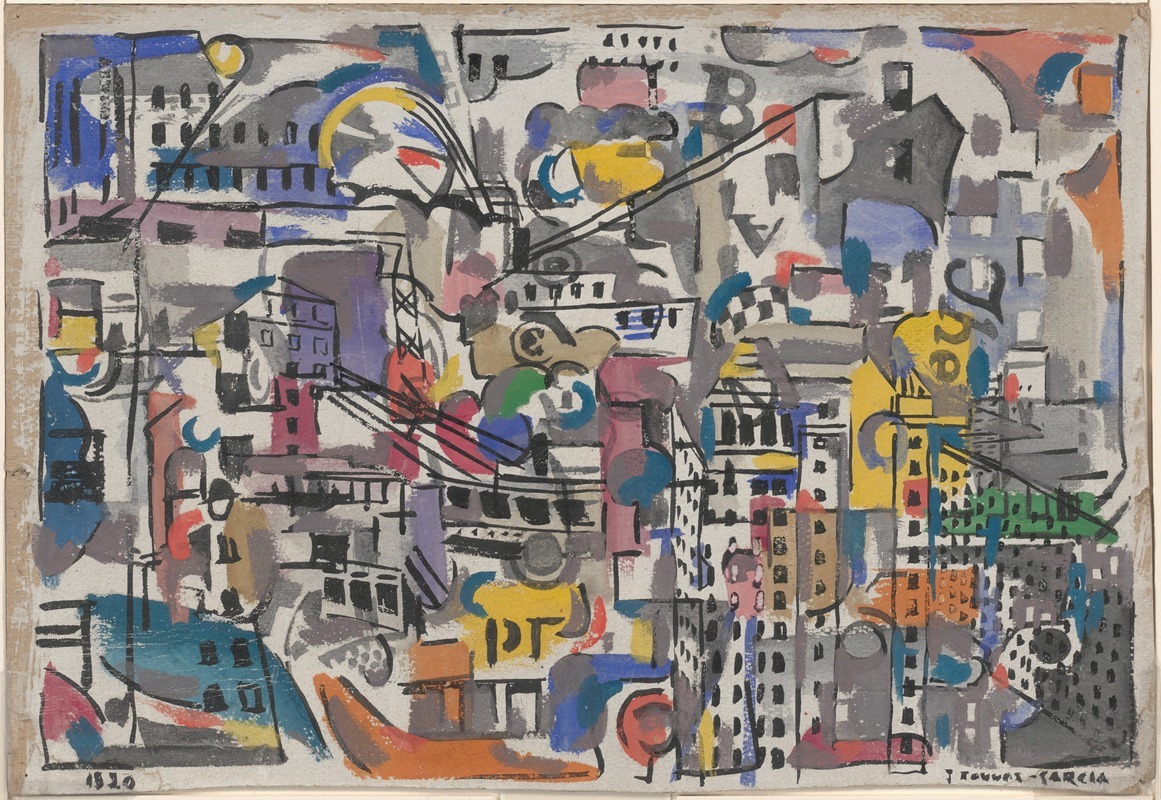
New York City; Bird’s Eye View
A hand-painted replica of Joaquín Torres-García’s masterpiece New York City; Bird’s Eye View, meticulously crafted by professional artists to capture the true essence of the original. Each piece is created with museum-quality canvas and rare mineral pigments, carefully painted by experienced artists with delicate brushstrokes and rich, layered colors to perfectly recreate the texture of the original artwork. Unlike machine-printed reproductions, this hand-painted version brings the painting to life, infused with the artist’s emotions and skill in every stroke. Whether for personal collection or home decoration, it instantly elevates the artistic atmosphere of any space.
Joaquín Torres-García was a prominent Uruguayan artist known for his contributions to modern art and his role in the development of Constructivism in Latin America. One of his notable works is "New York City; Bird’s Eye View," which reflects his unique artistic vision and his engagement with the urban landscape.
"New York City; Bird’s Eye View" is a painting that captures the bustling metropolis of New York City from an aerial perspective. Created during a period when Torres-García was deeply influenced by his experiences in the United States, the painting showcases his ability to blend elements of abstraction with recognizable forms. This work is a testament to his interest in the modern city as a subject and his exploration of geometric abstraction.
Torres-García's time in New York City was a significant phase in his artistic career. He moved to the city in the early 1920s, a period marked by rapid urbanization and technological advancement. The city's dynamic environment and architectural innovations provided a rich source of inspiration for many artists of the time, including Torres-García. His work during this period often reflected the energy and complexity of urban life.
In "New York City; Bird’s Eye View," Torres-García employs a style that combines elements of Cubism and Constructivism. The painting features a grid-like structure, a hallmark of his work, which organizes the composition into a series of interlocking forms. This approach not only reflects the artist's interest in order and structure but also echoes the organized chaos of a cityscape viewed from above.
The painting is characterized by its use of bold lines and a limited color palette, which emphasizes the geometric forms and creates a sense of depth and movement. The depiction of New York City in this manner highlights Torres-García's ability to abstract the essence of the city while maintaining a connection to its recognizable features. The work is both a representation of a specific place and an exploration of universal themes related to modernity and urban life.
Torres-García's influence extends beyond his paintings; he was also a prolific writer and theorist. His ideas about art and its role in society were influential in shaping the direction of modern art in Latin America. He founded the "Taller Torres-García," an art school and workshop in Montevideo, which became a center for avant-garde art and education.
"New York City; Bird’s Eye View" is an important example of Torres-García's work during his time in the United States and reflects his broader artistic philosophy. The painting is a synthesis of his experiences and his innovative approach to art, which sought to bridge the gap between the old and the new, the local and the universal.
Today, Joaquín Torres-García is celebrated as a key figure in the history of modern art, and his works continue to be studied and admired for their visionary approach and enduring impact. "New York City; Bird’s Eye View" remains a significant piece within his oeuvre, illustrating his engagement with the modern world and his contribution to the development of abstract art.





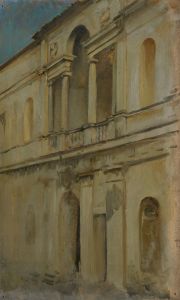
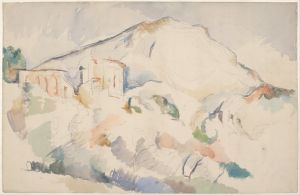
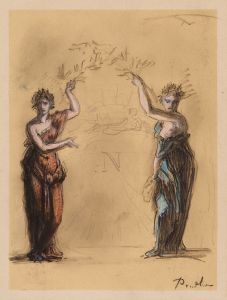
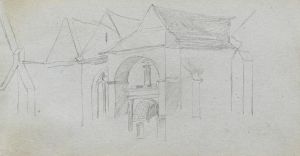
![Suggested treatments of Auditorium for Theatre and Concert Hall, New York World’s Fair 1939.] [Sketch for Scheme A](/imgs/249447/s/winold-reiss-suggested-treatments-of-auditorium-for-theatre-and-concert-hall-new-york-worlds-fair-1939-sketch-for-scheme-a-32d2e6d7.jpg)
